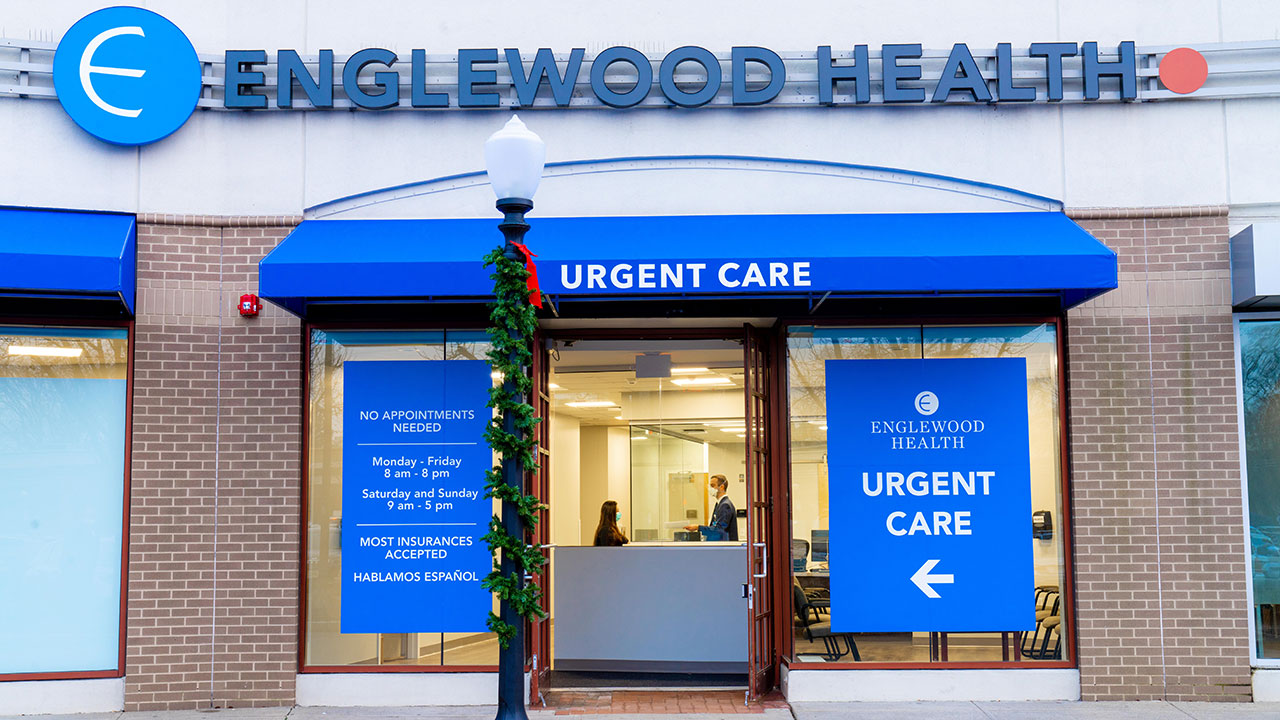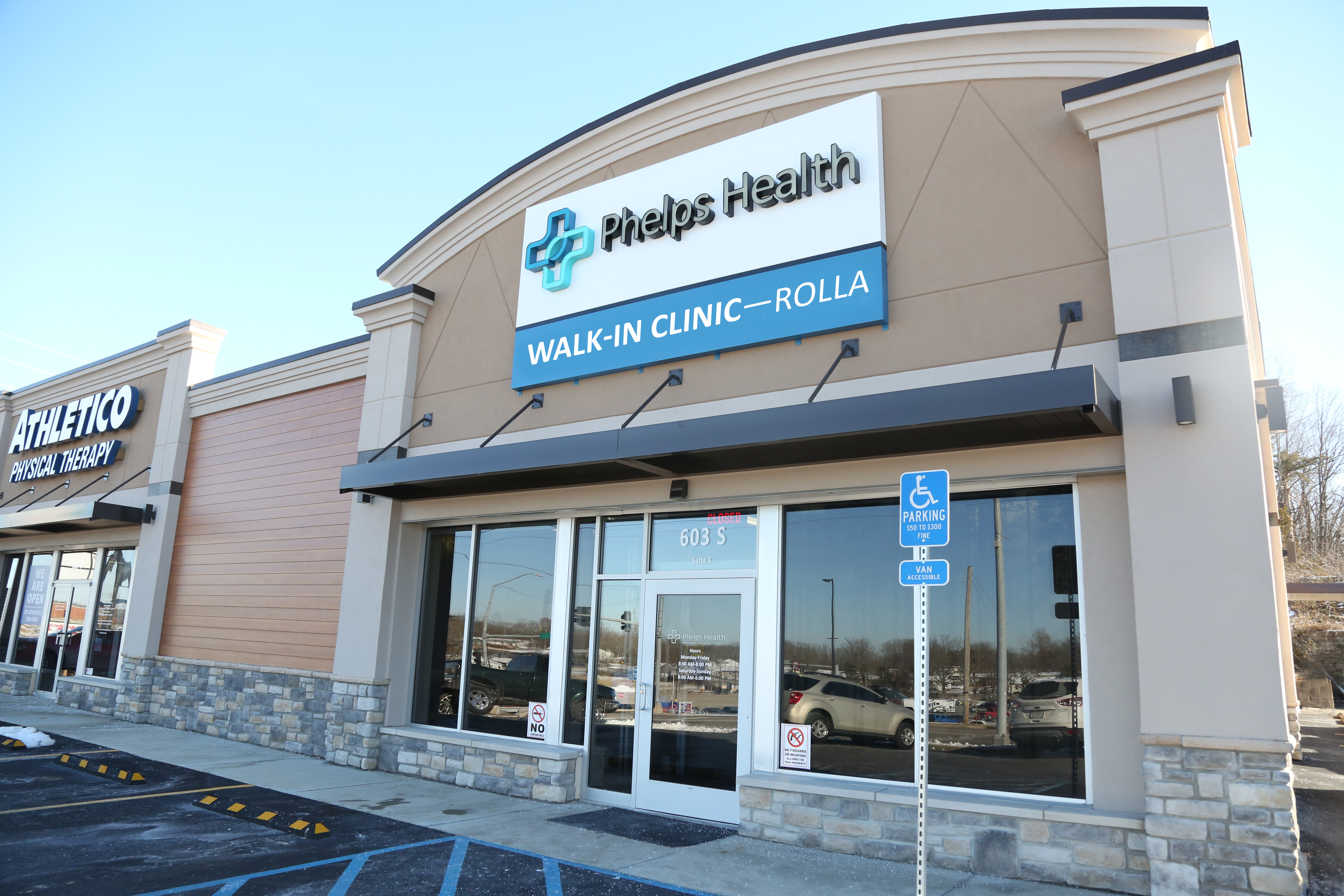The Ultimate Overview to Recognizing Urgent Care Clinics
The Ultimate Overview to Recognizing Urgent Care Clinics
Blog Article
Comprehending the Duty of Urgent Care in Giving Timely Treatment for Non-Life-Threatening Problems
Urgent care facilities have actually arised as an important element of the health care landscape, resolving the instant requirements of people with non-life-threatening conditions. By providing easily accessible and prompt clinical solutions, these centers efficiently connect the space between health care and emergency situation departments. The effects of their function expand past mere comfort, prompting a better exam of when and how these centers are utilized. Comprehending the subtleties of urgent care could significantly affect individual outcomes and the general performance of healthcare delivery. What factors contribute to their expanding relevance in modern medicine?
What Is Urgent Treatment?
Immediate care describes a group of medical solutions designed to deal with non-life-threatening problems that require instant focus. These facilities work as an intermediary in between health care medical professionals and emergency spaces, offering a practical alternative for patients that require prompt care without the considerable waiting times commonly connected with emergency situation departments.
Immediate care facilities are generally staffed by physician, including medical professionals, nurse professionals, and doctor aides, who are educated to diagnose and treat a vast selection of conditions. Usual services given by these centers include therapy for small injuries, ailments, and infections, along with diagnostic examinations such as X-rays and laboratory job.
Furthermore, urgent care facilities commonly accept walk-in clients, removing the need for consultations. In general, immediate treatment plays an important duty in the health care system, ensuring individuals can access essential clinical services without delay and effectively.

Lots of individuals may locate themselves unsure regarding when to seek treatment at an immediate care facility rather than a health care medical professional or an emergency room. Immediate care is designed to deal with non-life-threatening conditions that need timely attention however are not serious enough to require an emergency space check out.
Normally, one need to consider urgent care for concerns such as minor fractures, strains, cuts needing stitches, or infections like urinary system tract infections. Additionally, chilly or influenza signs and symptoms, rashes, and sensitive responses can additionally be properly managed in this setup.
It is necessary to note that urgent treatment is not appropriate for dangerous emergency situations, such as chest pain, difficulty breathing, or serious blood loss, which demand immediate emergency room intervention.
People who lack accessibility to a main treatment physician or can not protect a prompt appointment may likewise gain from immediate care services. Ultimately, understanding when to utilize immediate care can result in a lot more efficient medical care shipment, enabling clients to receive the suitable level of treatment based upon their details health and wellness demands.
Advantages of Urgent Care Centers
Selecting urgent treatment facilities for non-life-threatening conditions offers several advantages that enhance person experience and accessibility. One key advantage is the decreased wait times contrasted to conventional emergency areas. Urgent care centers commonly operate a first-come, first-served basis, allowing clients to obtain prompt medical attention without the long hold-ups usually connected with medical facility settings.
In addition, immediate treatment facilities provide extensive hours, consisting of weekend breaks and nights, suiting clients with differing timetables. This versatility makes sure that individuals can look for care when it is most hassle-free for them, better promoting prompt treatment.

Moreover, these facilities frequently supply an extensive variety of services, consisting of minor treatments and diagnostic examinations, all under one roofing system. This debt consolidation of services not just simplifies the person experience but also promotes a more natural method to taking care of non-life-threatening health and wellness problems, inevitably benefiting total individual outcomes.
Usual Problems Dealt With
At immediate treatment facilities, a variety of non-life-threatening conditions can be successfully dealt with, providing patients with available and prompt medical aid. These facilities are particularly adept at resolving issues that require prompt interest Continued yet do not present a prompt danger to life or limb.
Usual conditions dealt with at urgent treatment centers include minor injuries such as strains, cracks, and strains. Additionally, they handle health problems like colds, influenza, and infections, consisting of urinary system system infections and sinusitis. Skin disease, varying from breakouts to insect bites, are additionally regularly addressed. Immediate care centers are geared up to do essential diagnostic tests, such as X-rays and lab tests, enabling them to offer detailed care.
Moreover, urgent care providers can administer vaccinations, helping to avoid the spread of infectious diseases - Urgent Care. They also offer services for minor procedures, such as suturing wounds or draining pipes abscesses. By offering these varied services, urgent care centers play an important duty in bridging the void in between primary care and emergency services, guaranteeing individuals get prompt therapy for a large range of conditions without the need for long haul times generally connected with emergency clinic
How Urgent Treatment Sustains Health Care System
Urgent care facilities play a critical duty in sustaining the general healthcare system by minimizing the burden on emergency departments and offering prompt access to treatment for non-life-threatening problems. By managing cases such as minor injuries, infections, and illnesses, immediate care facilities permit emergency departments to concentrate on more important patients needing immediate interest.
In addition, urgent care facilities boost healthcare access, using extended hours and an easier option to traditional health care settings. This access is particularly valuable for clients that may not have a routine physician or that require instant treatment outside of typical workplace hours. As an outcome, urgent treatment centers successfully decrease improve and wait times person web link fulfillment.
In addition, urgent care facilities add to cost savings for both people and the health care system by offering lower-cost services contrasted to emergency departments. This monetary performance is vital in an age of climbing healthcare costs, allowing clients to get necessary treatment without sustaining inflated costs.
Verdict
To conclude, urgent care centers play an important role in the health care system by providing timely therapy for non-life-threatening conditions. By bridging the gap between medical care and emergency spaces, these centers ensure that patients get prompt clinical attention without the lengthy delay times commonly connected with emergency situation divisions. The accessibility and effectiveness of urgent care centers contribute considerably to relieving the total worry on medical care sources, boosting individual results, and promoting a more effective health care shipment system.
Immediate care centers have actually emerged as an important component of the medical care landscape, resolving the instant demands of clients with non-life-threatening conditions. Immediate care visits normally incur lower out-of-pocket expenditures compared to emergency situation department check outs, making treatment much more cost effective for clients without endangering quality. Urgent treatment centers are furnished to do essential diagnostic examinations, such as X-rays and research laboratory tests, enabling them to give comprehensive care.
By supplying these diverse services, urgent treatment facilities play an important function in linking the gap between main treatment and emergency services, making certain patients get prompt therapy for a wide variety of conditions without the requirement for lengthy wait times typically connected with emergency situation rooms.
Additionally, immediate care facilities enhance health care access, providing extensive hours and an extra practical choice to conventional key care setups.
Report this page